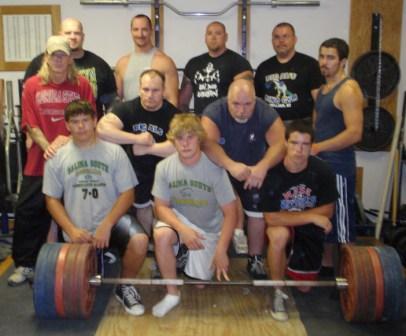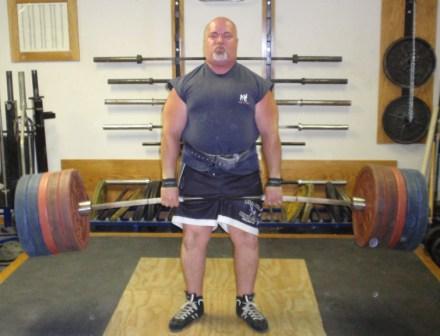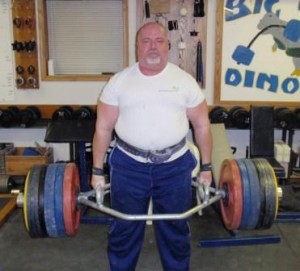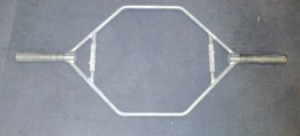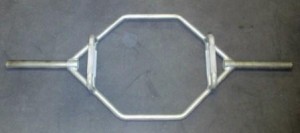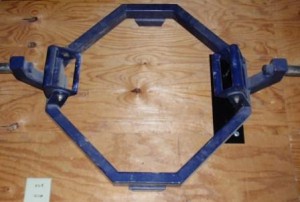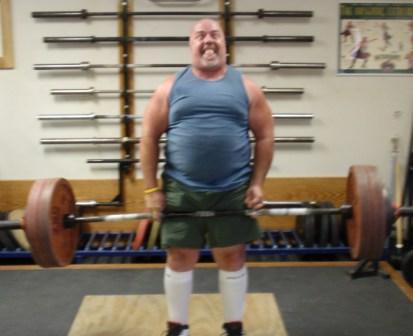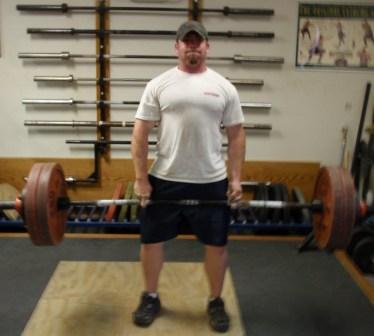National Postal Meet Reminder
by Al Myers
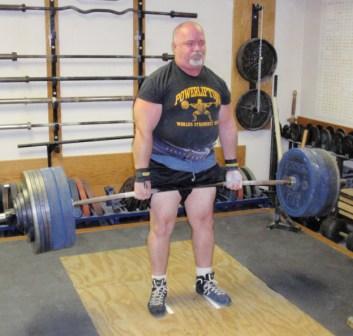
Dino Gym member Chuck Cookson lifts 656 pounds in the 12 inch base Deadlift in the 2010 USAWA National Postal Meet.
I just want to remind everyone that the deadline for the 2010 USAWA National Postal Meet is the last day of December. If you only do one postal meet – do this one. The USAWA Postal Meet Director John Wilmot picked three lifts for this meet that ANYONE can do – 12″ base deadlift, heels together clean and press, and the cheat curl. Make sure you include the signatures of the officials that judge your lifts. For postal meets, you may use someone who is not a certified USAWA official and your lifts will still count for placings. However, lifts MUST have a certified official in order to set a USAWA Record (and THREE certified officials for a IAWA record). This information is recorded on the result sheet.
The USAWA Postal Meet Series has been a big success these past few years. John Wilmot deserves the credit for this. He really believes in Postal Meets as a way of encouraging participation. And I agree with him!! All you have to do is do the lifts in your own gym – and it doesn’t even require any expense!!! It doesn’t get any easier than that.
This year I am going to recognize an OVERALL Postal Meet Champion. The scoring for this will be very straight-forward. You will receive points for EACH Postal Meet (of the four) you compete in throughout the year. If there are 10 competitors, first will receive 10 points and last will receive 1 point. If there are only 5 competitors, first will receive 5 points and last 1 point, etc. The National Postal Meet will be worth double points.
There also will be awards for the winners in the National Postal Meet – and you get ALL THIS FOR FREE!!!
